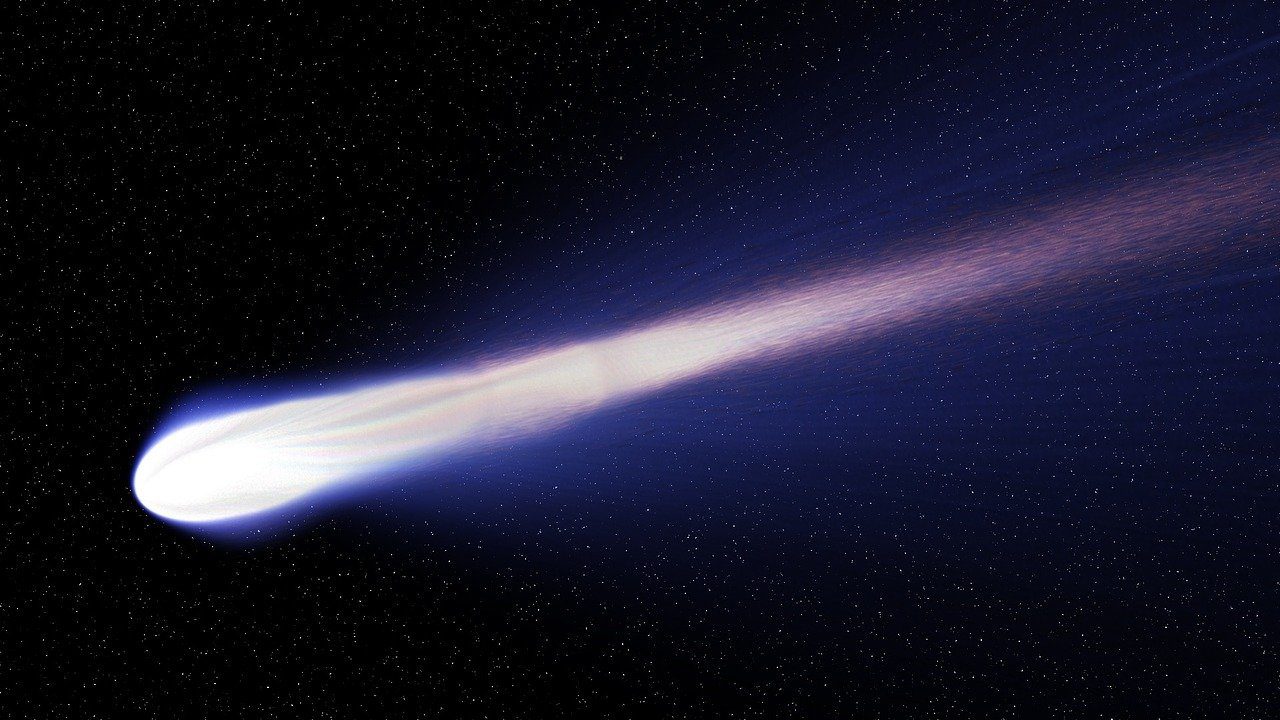The near-Earth asteroid 3200 Phaethon is very special for many reasons. One of its highlights is the fact that it gets brighter as it gets near to the Sun, though it doesn’t have any ice reserves that normally produce that effect due to evaporation and sunlight scattering.
Ice-laden comets become brighter when they get hot, not rocky asteroids as it was previously believed, which is one of the reasons why Phaethon got the attention of astronomers for quite a while.
A recent study claims that one very specific chemical element may be the reason why the peculiar event happens.
Joseph Masiero, an astronomer from the California Institute of Technology, said:
“Phaethon is a curious object that gets active as it approaches the Sun. We know it’s an asteroid and the source of the Geminids [meteor shower]. But it contains little to no ice, so we were intrigued by the possibility that sodium, which is relatively plentiful in asteroids, could be the element driving this activity.”
Phaethon requires 524 to complete an entire orbit, during which time the Sun heats its temperature to a scorching 1,050 Kelvin (777 degrees Celsius / 1,430 degrees Fahrenheit).
Any traces of ice on the asteroid would have vanished away extremely quickly. Still, the scientists used computer models to prove that sodium may still exist in the celestial body, somehow fizzing beneath the surface.
The heating/fizzing can explain the brightening of the asteroid due to the sodium escaping through cracks in the crust, but also the ejection of the rocks that may be observed from Earth as the Geminids meteor shower each December.
Phaethon has a weak gravitational field, which makes it easy for debris to be ejected, thus fueling the hypothesis.
It is known that the Geminid meteors are low in sodium because of the light they emit while burning up in our planet’s atmosphere, and again by the models made by the research team.
Experiments were carried out on fragments of the Allende meteorite, which landed on our planet 52 years ago, and it’s believed that it originates from an asteroid-like Phaethon.
When heated up, the meteorite fragments’ behavior revealed that sodium is capable of turning into vapors and be ejected from an asteroid at similar temperatures to those normally experienced on Phaethon.












Leave a Reply